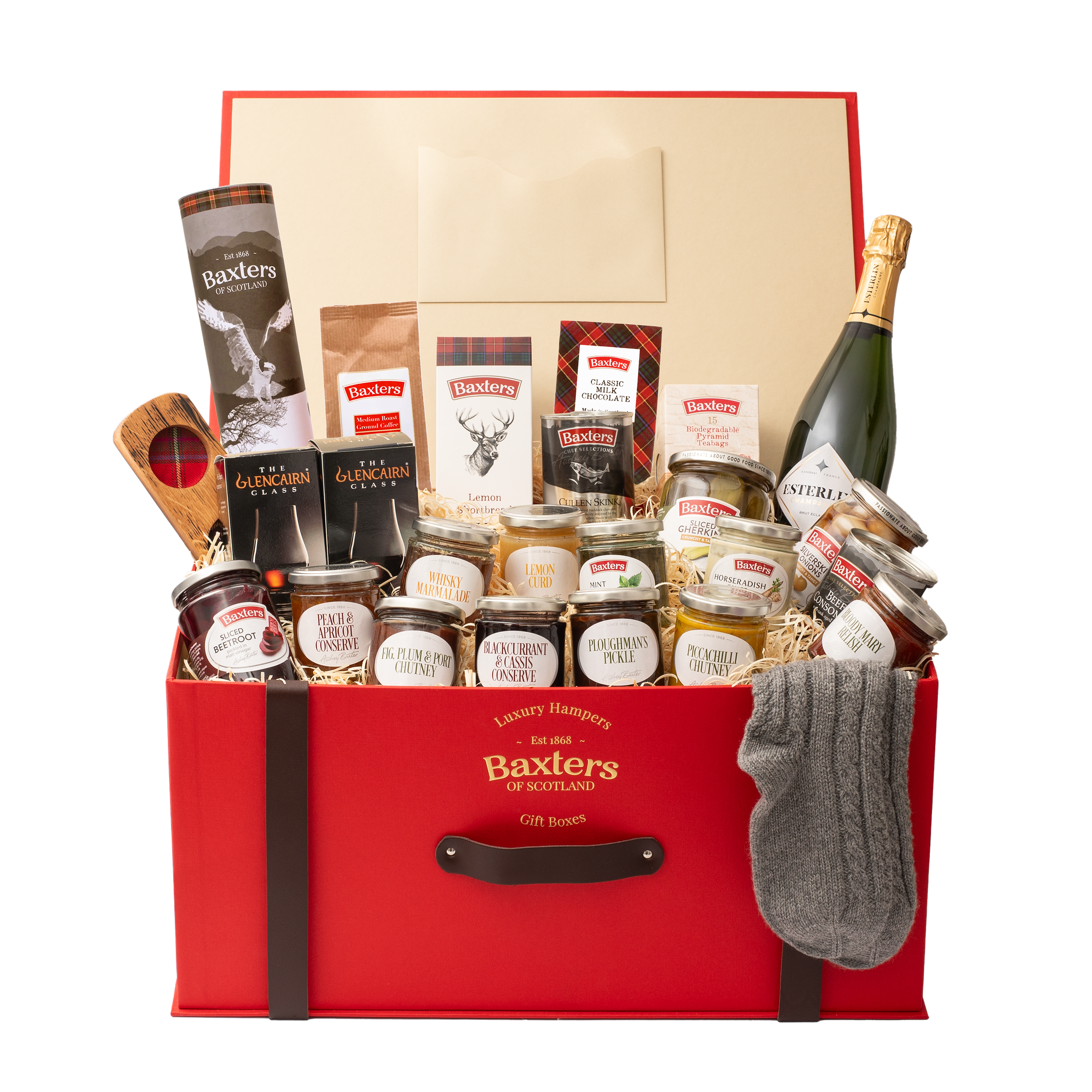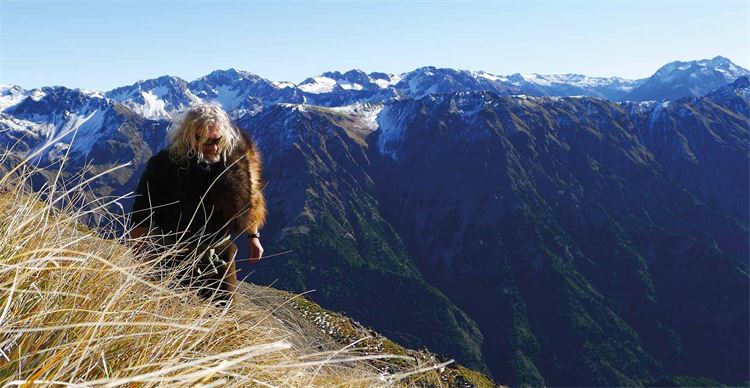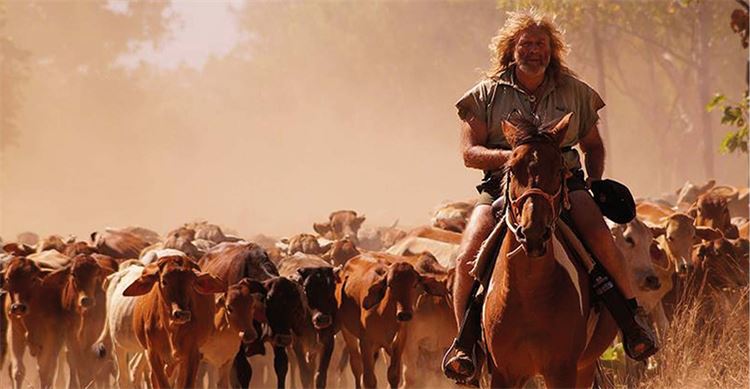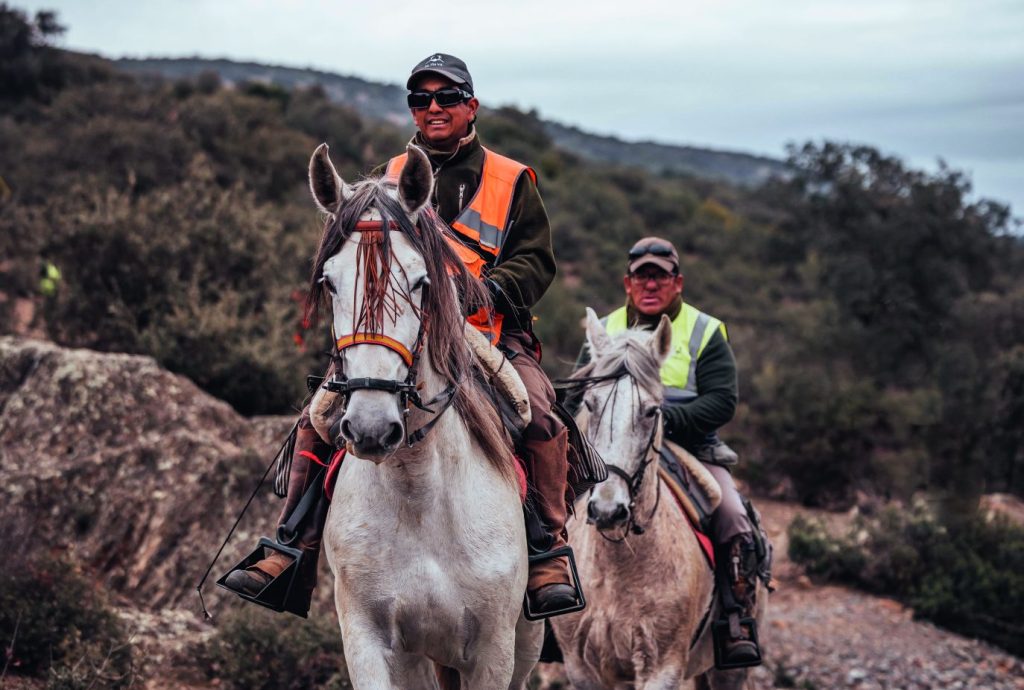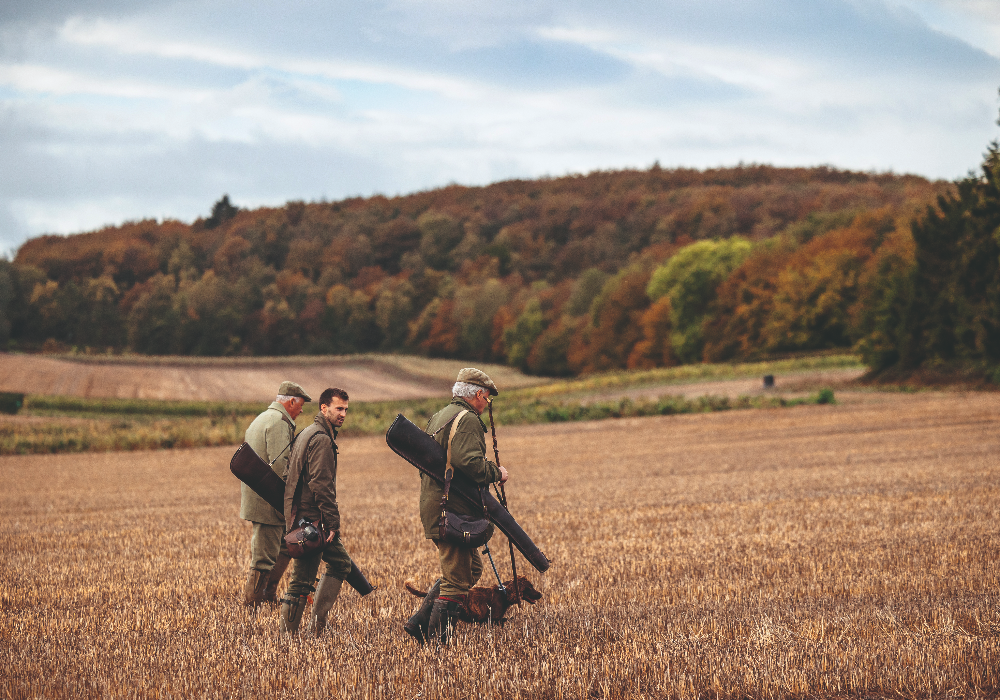Davey Hughes
Five minutes with the globe-trotting hunter, passionate conservationist and founder of New Zealand’s cult clothing brand, Swazi.

Tell us a little about your background, where you grew up and how you got into hunting and fieldsports.
I was born in Scotland and around the age of four years old, my family and I emigrated to Wainuiomata, in the Wellington region of New Zealand’s North Island. I grew up playing in the bush; our home backed onto a huge expanse of wilderness.
My neighbours were my heroes, often they would go hunting, returning with a deer or pig in the back of their Land Rover. They were fathers and uncles who had kids of their own. When you came of age, they would say: “It’s about time we taught you how to hunt.” Like an apprenticeship, you hunted with them until you reached an age where you could go it alone.
I believe it’s important to mentor others. We often get too wrapped up in our own endeavours, but by mentoring the next generation, we are not only teaching them great ethics, but how to be an integral part of society and responsible for their own actions. In hunting there are no referees and no umpires; the ethics you display while hunting rest wholly with you and I believe these ethics spill over into our everyday lives.
What was your first live quarry/stalk?
Hunting with a friend in New Zealand, I shot my first deer when I was 14 years old. We hiked a day and a half into the hills, through alpine terrain and tussock grass. I stalked to within 40–50 yards of a red hind. I can remember thinking to myself, ‘I’m not going home without this’. I shot the deer using a Lee Enfield .303, and I can recall the huge sense of pride in bringing home the meat to share with family and friends.
Tell us about the places in the world where you have hunted?
I’ve hunted in many countries including Africa, where I lived for three years – the first 13 months of which I spent walking from Cairo to Durban. In Africa I shot buffalo, plains game and zebra, which I found were so darn nice to eat.
In the ’80s, I lived and worked in the Highlands of Scotland, in forestry and building deer fencing, so I had many opportunities to stalk red, roe and fallow deer.
I’ve been fortunate to travel the world and have some amazing memories. In Australia I’ve hunted water buffalo, sambar and axis deer; in Canada, bear, moose and mountain lion; Germany, wild boar and deer; France, mouflon and chamois; Turkey, wild boar; Mongolia, maral stags – oh, and I’ve been on 17 trips to Alaska!
I’m just back from Kodiak Island in the USA, where I was hunting brown bear. I’ve hunted bear several times and once with a spear. Hunting by spear, you must get within 6–7 yards of the bear – you can’t portray fear, you need to wipe away all emotions, as I believe animals sense fear and predation.
What is your favourite destination and quarry species?
I love hunting in Alaska because of its sheer size, the variation of habitat, the wildlife and the people. Each place has its own magic, so it’s hard to pick a favourite, but in saying that, hunting Himalayan tahr in the Alps of New Zealand remains top of my list. Tahr, the monarch of the mountains, are one of the most majestic animals in the world. I hunt them annually, in mid-winter when their capes are at their best. The challenge combined with incredible views make the hunt special. Trying to explain this to someone is very hard – I simply can’t do it justice.
What has been your most memorable hunt to date?
I like to say my most memorable hunt is always the one I’m going on next! However, on a rhino conservation project we’re involved in, in Africa, a cape buffalo gored two of our rangers, so my friend and I set out to track him down and make sure he didn’t get the chance to kill anyone. After six days of hard tracking, we finally found him. Our plan was to leopard crawl in close, then when at a suitable distance to shoot, my mate would signal with a wink, we’d jump up, shout to distract him and give him both barrels.
Using a .475 nitro double rifle, we crawled within six yards of the beast. My friend signalled by winking with not one but both his eyes, then jumped up and rather than yelling, he managed the smallest ‘peep’. As the buff erupted I quickly placed two shots into him. It was a nerve-wrecking and frightening experience.
Is there anything on your bucket list?
I don’t have a bucket list per se. Often I look for an opportunity to hunt somewhere I haven’t been before. There’s no real rhyme or reason, it’s the thought of sharing time together with a person I’ve met or an old friend, doing the things we love, hunting.
What, for you, are the key ingredients for a good hunt?
First and foremost it has to be good companionship. When I’m hunting locally in New Zealand, I think the more spontaneity the better. Sometimes I find myself cruising past a friend’s house, decide to call in and on the spur of the moment, they ask if I’d like to join them hunting – those hunts are often the best. But for international hunts they require planning, so it’s important to consider every detail.
What is your choice of calibre, rifles, ammunition and optics?
For smaller game such as red, fallow or sika deer, I love the new Rigby Highland Stalker in .275 Rigby, paired with Hornady 140gr SP Interlocks.
On larger game like moose, sambar, elk and black bear, I use a Kimber Montana 8400 in .300WSM, and for dangerous game a Rigby Big Game in .416 Rigby.
I load my own ammunition and use Woodleigh projectiles for the .300WSM loaded with either 180gr projectiles or 200gr ‘bear medicine’. In the .416, in Alaska I use 340gr Woodleigh softpoints but for Africa I up this to 400gr.
Optics-wise, I use the Leica Magnus i riflescope in 2.5-10×42.
Do you have any interests away from fieldsports?
I’m currently building a 4WD cross country RV from a 1986 military Mercedes Benz Unimog. I’ve just purchased a remote plot of land by the coast which, to no surprise, has plenty of game and fishing on it. When the RV’s finished, I plan on using it to travel there.
I also love multi-sports adventure racing – a coast to coast challenge battling from one side of New Zealand to the other. You start by running 3km along a beach, then cycle 55km, run 33km over the southern Alps, bike 15km to a kayak, kayak 65km through rapids and gorges, and finish with a 70km bike ride to the other coast. I’ve done it three times but it takes a full year of training.
If you could change one aspect of the hunting/stalking industry, what would it be?
Within the industry I think some companies have become far too profit driven, with the quality aspect of their product falling behind not only what hunters want, but demand. I’d like to see more companies produce the best value for money, not the cheapest offerings on the market.
What do you think are the greatest threats to fieldsports?
Four things: education, ignorance, empathy and apathy. I believe every discipline of fieldsports needs to come together to project a unified voice to educate people about what we do and why we do it. Too often we are seen as apologetic or, worse, arrogant.
How did the founding of Swazi come about?
I spent many years trapping possums on the west coast mountains of New Zealand’s South Island, camping out for up to five months at a time. While doing this job I recognised that there wasn’t much decent outdoor gear available in the country. When the skin market crashed, I realised I was an expert at getting cold and wet, so perhaps I could use that knowledge to help people stay warm and dry.
My first step was to make patterns. I didn’t really have a clue – I simply made up what I thought was a good pattern, then got a friend to sew it up before I tried and tested the garment in the field. To this day, while the manufacturing approach has changed, the field testing process hasn’t; I still test each garment personally.
So tell us a little about the company.
We’ve been making our gear here in New Zealand now for over 25 years – we’re the last of the NZ hunting companies still making their products outside of China.
Many of our staff are hunters or climbers, so we have a ready pool of test pilots. Our basic tenet is: if we design it and it works, we will market it; if it doesn’t, we’ll let someone else do it. Over the years, the company has become more than just a clothing manufacturer; we are actively involved in conservation and educating young people to get out and enjoy our great outdoors, to hunt ethically and respect our game.
How are Swazi products influenced by your own experiences in the field?
I still have a strong influence over the design and function of our products, but the one thing I learned very early was how crucial it is to lose your ego.
It’s very important to listen to customer feedback, and use that feedback so that you can create an even finer product than you could by working on your own.
Related Articles
Get the latest news delivered direct to your door
Subscribe to Fieldsports Journal
Elevate your experience in the field with a subscription to Fieldsports Journal, the premium publication for passionate country sports enthusiasts. This bi-monthly journal delivers unparalleled coverage of game shooting, fishing and big game across the UK and beyond.
Each issue offers a stunning collection of in-depth features, expert opinions and world-class photography, all presented in a timeless yet contemporary design.
Save 10% on shop price when you subscribe, with a choice of packages that work for you. Choose from Print & Digital or Digital only with each journal delivered directly to your door or via the app every other month, plus access to past issues with the digital back issue library.





